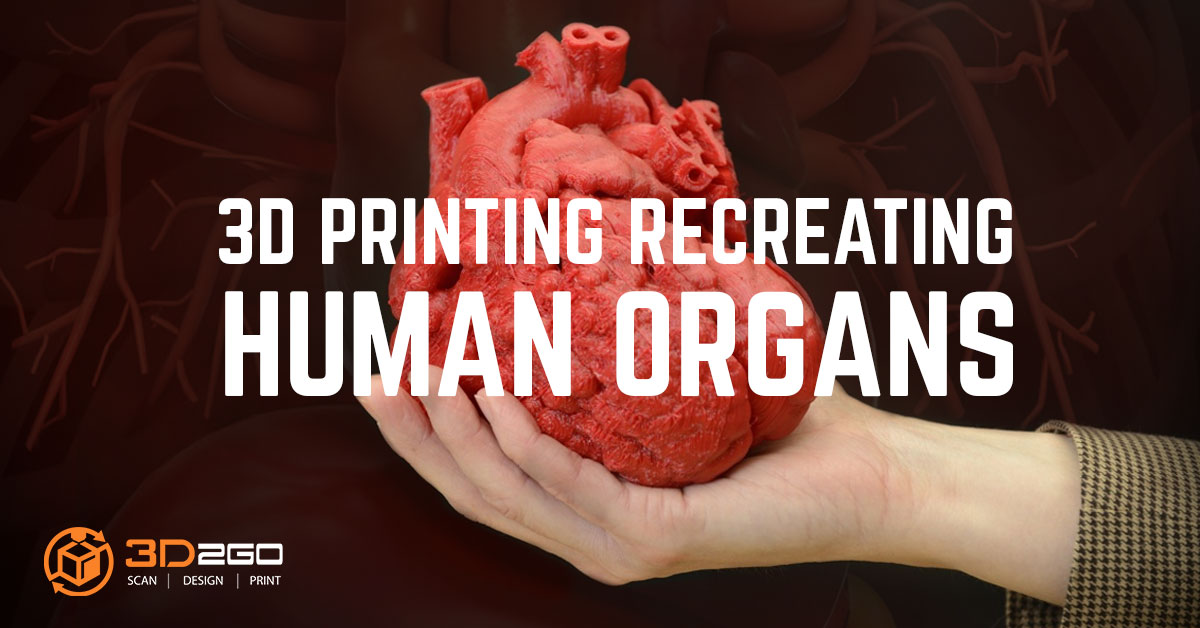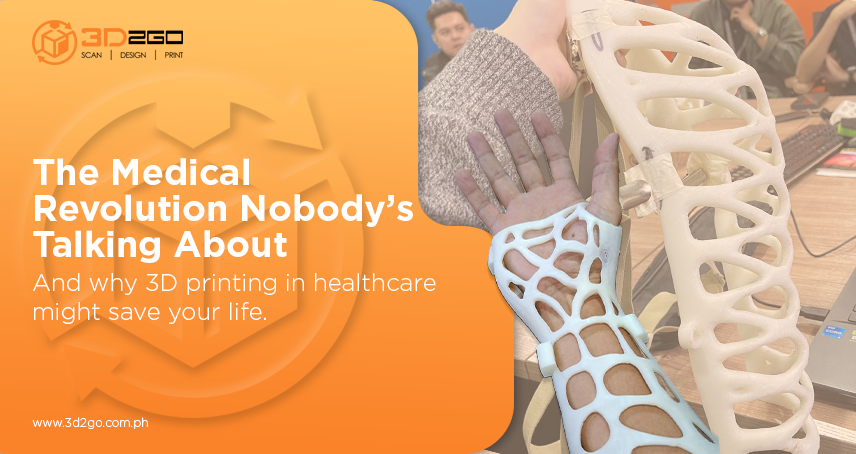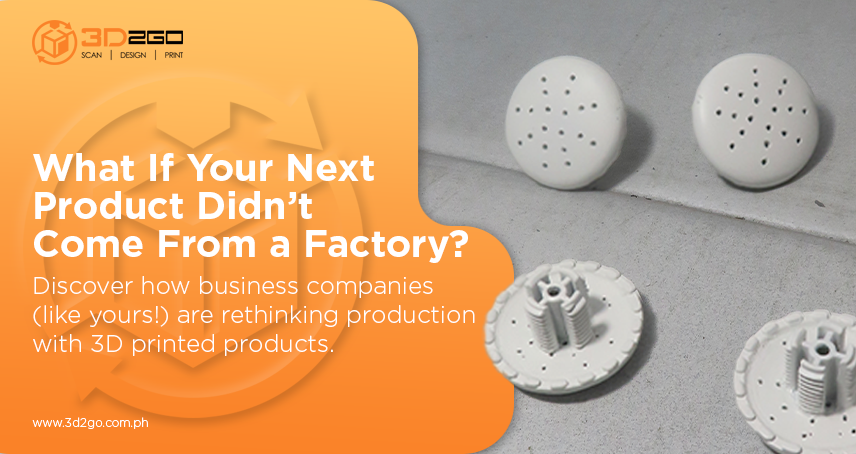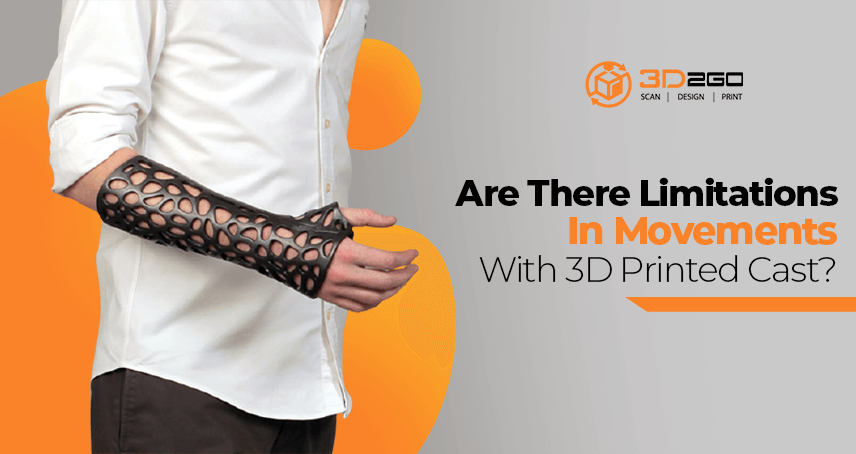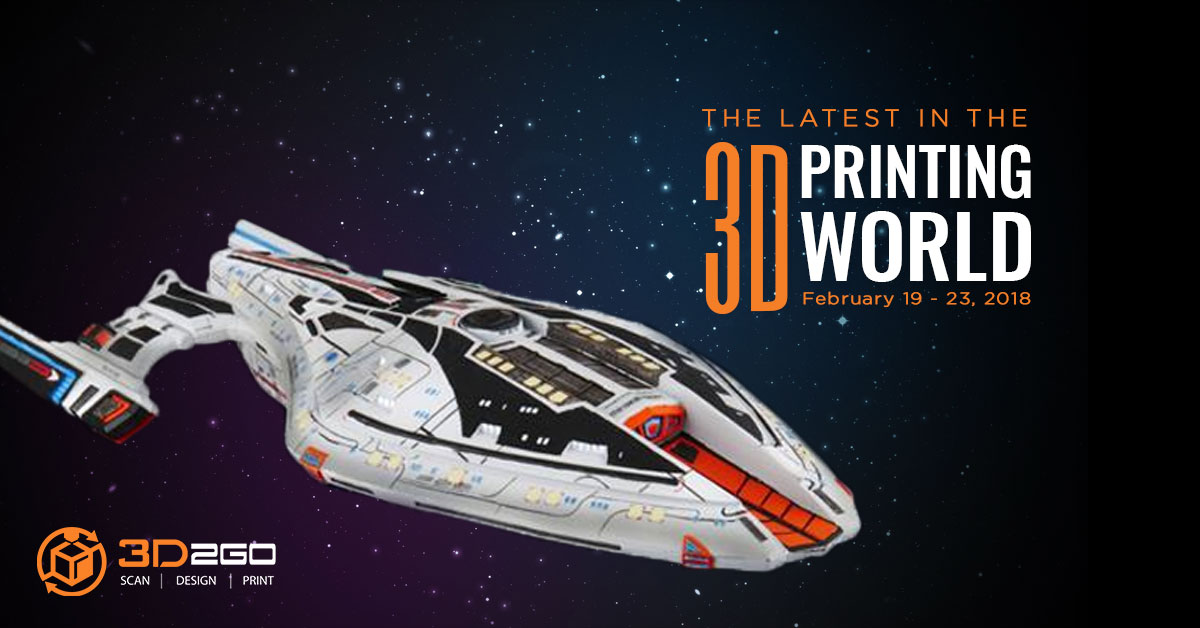
3D Printed Star Trek Online Starships, 3D Files In Wikipedia And Facebook, Google Art, And 3D Printed Desserts
May 23, 2022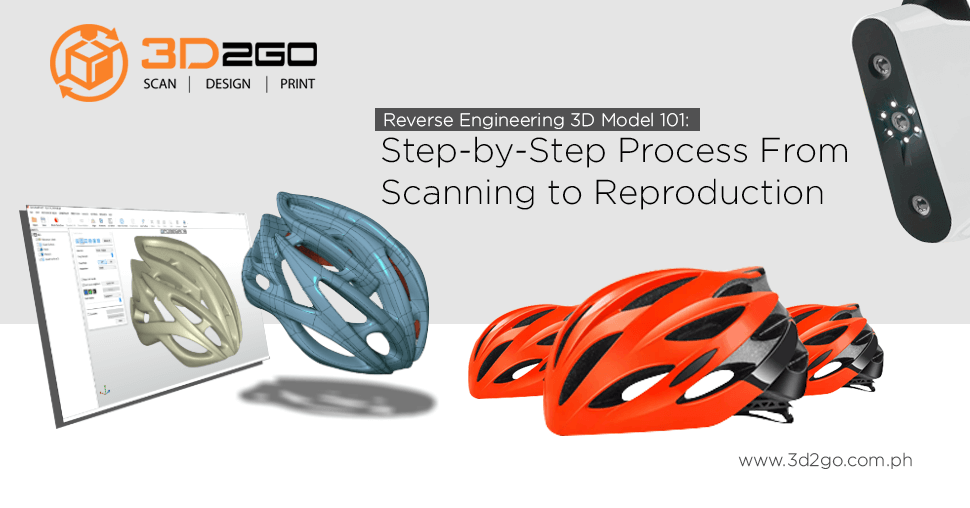
Reverse Engineering 3D Model 101: Step-by-Step Process From Scanning to Reproduction
May 23, 2022There was a time when recreating human organs is so far-fetched that experts don’t even talk about it. Today, it has become more than a hot topic in the field of medicine. Scientists believe that one day, we will be able to reproduce entire human organs, thanks to the 3D printing technology.
Given its useful applications in medicine, 3D printing is in itself a medical breakthrough, the kind that can extend the life expectancy of an entire nation. We may not be able to print human organs just yet, but already, experts have used 3D printing to create human tissues with precise results. In addition, 3D printing has successfully been used to create hearing aids, prosthetic limbs, dental fixtures, and a whole lot more.
A Look Into Regenerative Medicine
Regenerative medicine is defined as the branch of medicine concerned with developing treatments that replace injured or diseased tissue with new growths of tissue (Merriam Webster). These treatments may involve stimulating tissue regeneration at the site of injury or transplanting cells (especially stem cells), tissues, and organs made or grown outside the body.
This branch of medicine gets a huge push from FDM 3D printing, a technique that is commonly used in digital 3D sculpting because of the ease with which it creates a precise outcome. As we all know, accuracy and details are important in regenerative medicine. It’s a game of life and death out there, and when life is on the line, extra care is needed.
This is exactly why you need a respected 3D printing company to get the job done. Let the experienced team of 3D2Go answer the call. We value human life or any form of life for that matter. If you have questions about how our services can help save lives, get in touch with us.
A Closer Look at Its Benefits
Perhaps the single most important benefit of 3D printing for medicine is the ability to recreate body parts or prosthetics specific to a person. The same goes for stem cells, tissues, blood vessels, bones, and cartilages. Now, it is possible to produce cells used to create tissues for testing drugs, as well as tissue-engineered skin used to replace damaged skin, among others.
Research on recreating entire human organs is ongoing, and our heroes are working nonstop to achieve their goals. However, 3D-printed models of body organs can be used to further examine a patient’s illness.
In other words, these models practically prepare medical practitioners for what they will encounter inside the operation room. With the necessary information, they will know how to proceed with the operation and are able to execute the proper medical procedure.
For example, when a cardiologist examines a 3D-printed heart model, he can determine the proper approach to surgery. This is exactly what happened at the Brigham and Women’s Hospital in Boston, Massachusetts when upon looking at the model, the cardiologist was convinced that the approach needs to change from a minimally invasive catheterization to a full-blown open heart surgery.
Citing the Real Heroes
While we fully understand and put to heart our role as a 3D printing company, the fact remains that the scientists and medical professionals are at the forefront of this revolution. To them, we proclaim our absolute appreciation.
You may contact us if you have any stuff that you want to 3D print!


